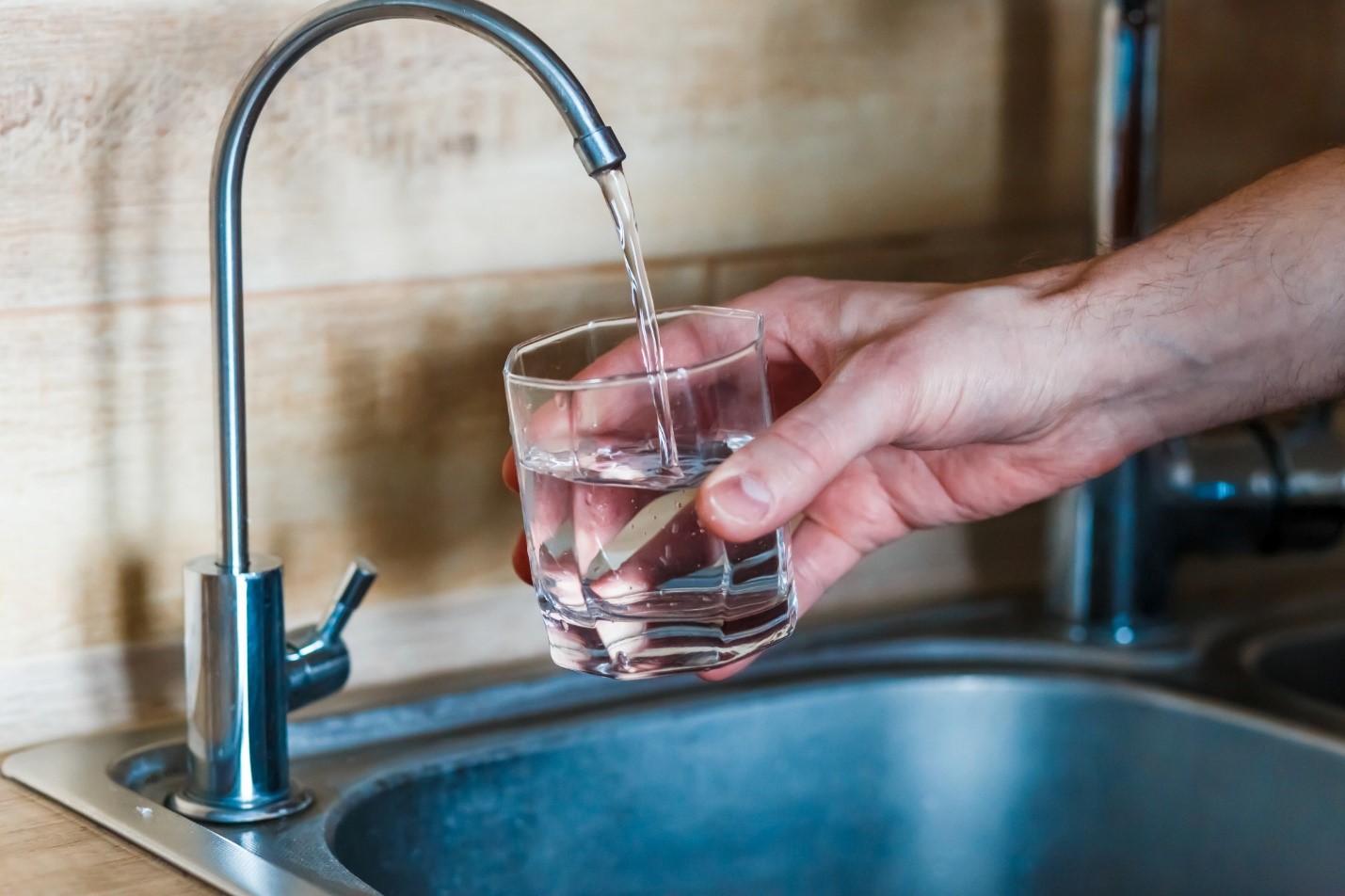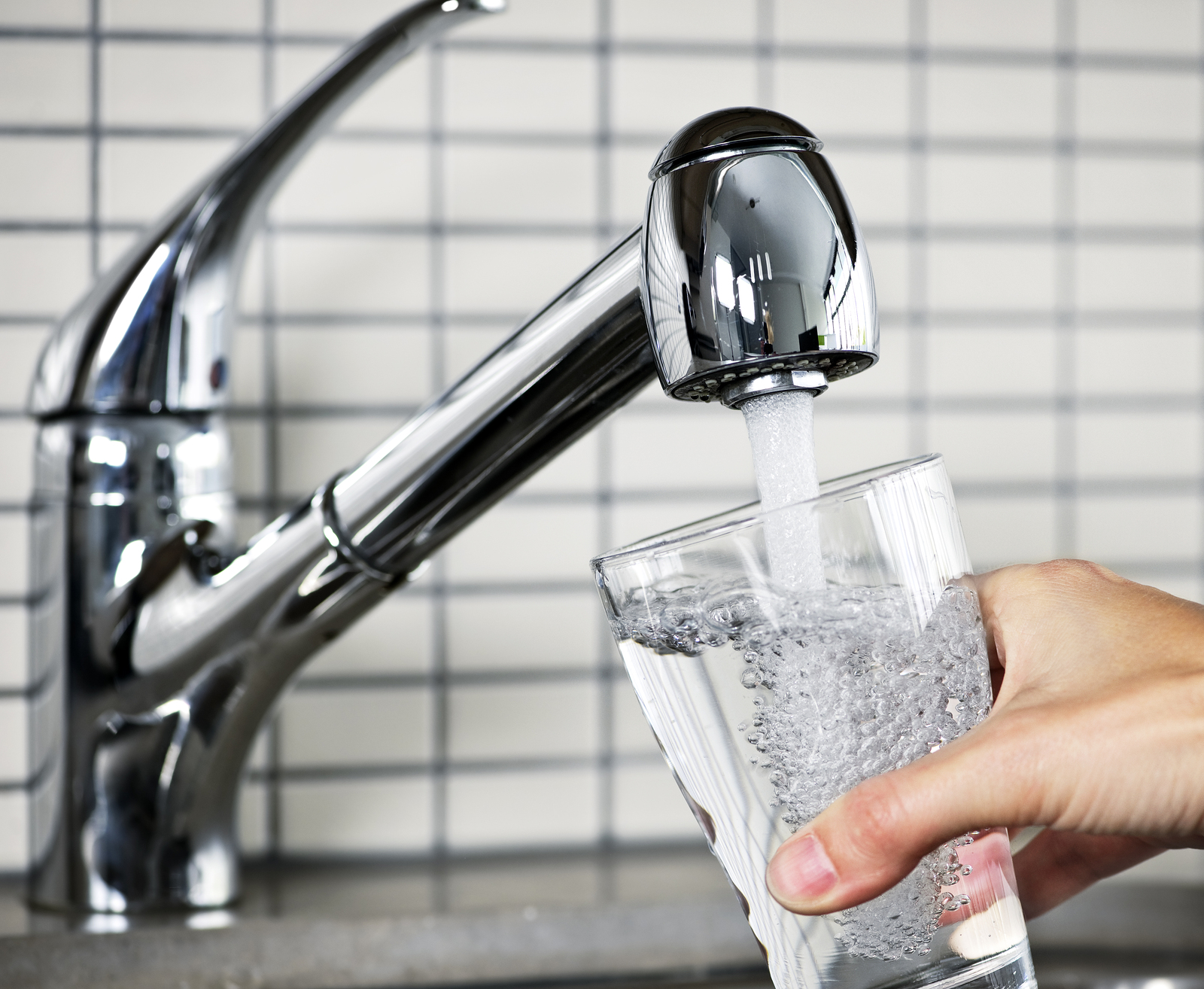Are you concerned about the water quality in your home, or do you yearn for better-tasting water from your kitchen faucet?
First, consider whether you really need a water purification system in your home. More than 90 percent of the water supply in the United States is safe to drink from the tap, according to the Environment Protection Agency (EPA).
However, some people may need to consider a water purification system to improve water quality in their homes for health safety reasons, including those who have:
/GettyImages-1211955902-b60f7bc5d8f842f68353d6d67bccf0f2.jpg)
- A high level of lead in their water, as shown by water testing
- A high level of a contaminant in their water, such as radon in water from a well
- An extremely compromised immune system, such as those with HIV or who are on chemotherapy
Water purification systems can help to eliminate contaminants that can make you sick or affect the taste or feel of your water supply. Water filter systems may be able to remove:
- Microbes, including viruses, bacteria, and parasites, such as cryptosporidium and giardia
- Lead
- Radon
- Radium
- Nitrates
- Arsenic
- Pesticides
- Byproducts of the disinfection process
Water Filter Options
There are a number of factors to consider when deciding on a water filter system. Look for a water purification or filter system that has been certified to meet standards of water quality set by the EPA, as well as one that meets your specific needs. Not every system can remove every contaminant. If you’re concerned about a particular contaminant, like bacteria or radon, find the water filter system that works best at removing that particular contaminant from your water supply.

A water purification system can be either point of use (POU), meaning it filters the water at the particular faucet it is attached to, or point of entry (POE), in which the water supply is filtered as it comes into your home so that you have purified water at every faucet. The system might include a filter, a piece of material that “catches” contaminants like microbes and chemicals in the water, or it might remove or destroy contaminants in another manner.
- Water softeners. A water softener uses an exchange system to correct water “hardness.” Tap water contains calcium and magnesium, which can make the water very hard. This water filter uses sodium or potassium ions to replace the calcium and magnesium ions, which makes the water softer.
- Aerators. These water filter devices use jets of air to remove certain chemicals, like radon and chemical components of gasoline.
- Adsorptive media or water filtration. These are often carbon-based filtering systems that trap both solids and liquids in the material of the filter.
Point-of-use water filter options include:
- Distillers. These devices boil water and remove the contaminant-containing water vapor from the drinking water. This water filtration process removes many of the minerals naturally found in water, but may change the taste.
- Reverse osmosis units. These devices filter water through a membrane, using pressure that pulls out chemicals and microbes. These systems use a lot of water, but they do remove all microbes that cause disease and a lot of chemicals. This is an extremely effective system for purifying water.
- Filtered water pitchers. These pitchers come equipped with a replaceable (usually every three months) filter that traps chemicals and other contaminants. You simply fill the pitcher from your tap and wait while the water flows through the filter. These are affordable and easy to use, and will also improve the taste of tap water.

Water Filter Alternatives
If you aren’t ready to buy a water purification system, there are other ways to remedy some (but not all) drinking water problems without a water filter:
- When turning on water for the first time in a few hours, turn on the cold water tap and let it run for several minutes. This can help flush lead out of the water.
- Boil water for one to three minutes, then put it in a clean pitcher and put it in the refrigerator. This should kill microbes, like cryptosporidium.
- Put tap water in a pitcher or another container and refrigerate it. This can help improve the taste of overly chlorinated water.

